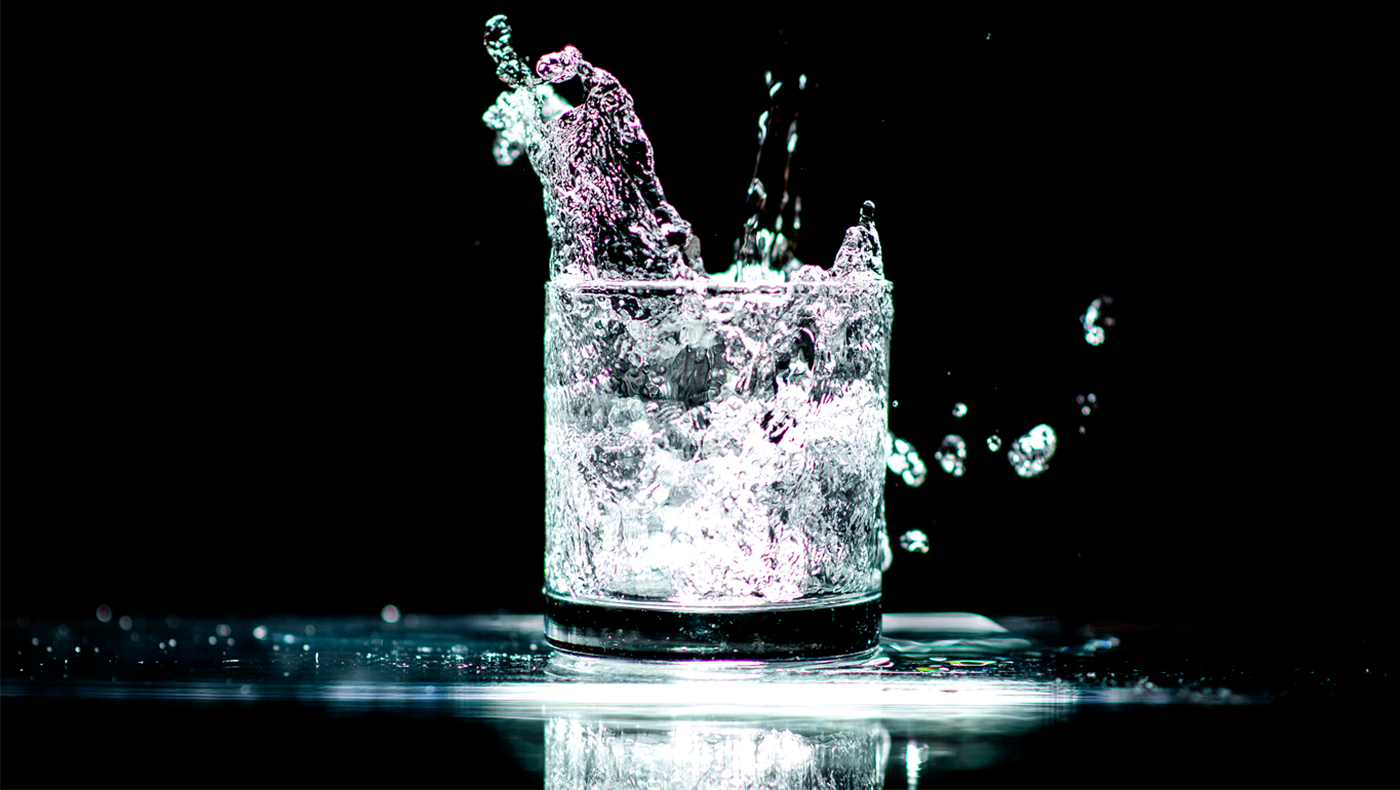 James Dennedy-Frank, assistant professor of marine and environmental sciences and civil and environmental engineering, sat down to speak about World Water Day, which falls on March 22. Professor Dennedy-Frank leads the Water Resources Ecohydrology Lab at Northeastern — their work helps us understand the function of watersheds as they bring together meteorological forcing, geological settings, and ecological processes. They interact as a system and then feed into critical downstream water resources.
James Dennedy-Frank, assistant professor of marine and environmental sciences and civil and environmental engineering, sat down to speak about World Water Day, which falls on March 22. Professor Dennedy-Frank leads the Water Resources Ecohydrology Lab at Northeastern — their work helps us understand the function of watersheds as they bring together meteorological forcing, geological settings, and ecological processes. They interact as a system and then feed into critical downstream water resources.
Q: What is World Water Day?
A: World Water Day has been set aside after the Rio 1992 UN meeting to highlight the importance of freshwater, particularly clean water, sanitation, and hygiene. All while raising awareness to try and improve this around the world.
Today, 2 billion people still lack access to clean drinking water, and 3.6 billion people lack safe sanitation, so that’s an important global issue that people should be aware of.
Q: What are some of the initiatives that have been inspired by World Water Day?
A: Every World Water Day has a theme, and there’s been a large variety of them. But one I would like to point out is ‘Women in Water.’ In many developing countries, women are the prominent people who must go and spend most of their lifespans getting water. By bringing attention to this issue, more initiatives have been created to help bring water resources closer to towns or villages to help reduce the load. Another theme was ‘Nature for Water,’ which enabled people to look closely at how to help with nature-based solutions.
This year’s theme is ‘Accelerating Change’ with the idea to push on Sustainable Development Goal 6, which is about ensuring everyone worldwide has access to clean water and sanitation by 2030. As you can see by those previous numbers I shared, we have a way to go in the next seven years to get us to where we need to be.
Q: How does World Water Day support places that do not have clean water, such as Flint, Michigan that suffers from lead in their water?
A: World Water Day is about raising our awareness, which is helpful because it’s a thing we take for granted. As we have water piped into our buildings, it’s a good time to step back and reflect on these challenges that can happen a state or two over.
Q: How is the Marine and Environmental Sciences (MES) team celebrating World Water Day?
A: The team in MES are doing a few things to celebrate World Water Day on social media. First, they highlight what they call “water heroes” on social media. A few weeks ago, they began the discussion of World Water Day during the Marine Science High School Symposium, where high school students could learn more about marine and environmental sciences and learn from local labs and centers that support the initiatives and values of World Water Day. And finally, next week, the Boston Harbor Ecosystem Network led by John Grabowski is having their spring Emporium about Belle Isle Marsh Reservation, which is in East Boston, and the essential water resources there.
Q: How can students (especially non-MES majors) get involved with MES?
A: We have courses that many students who are not MES are open to taking them. For example, I have many non-MES majors in my Water Resources course.
Co-op and summer internships are great ways to get involved. Our summer internship application closes this Friday, March 24, so interested students should consider applying. In addition, MES runs a seminar series that is open to all community members to help highlight the values of World Water Day.
Last week, I had the privilege of hosting my colleague, Max Berkellhammer, an expert on tree water use and the strategies vegetation uses to access water in different conditions.
Q: What is one thing we can all do to contribute to the values of World Water Day every day?
A: A lot of it is being aware of your water use. I want to highlight a few points: first, be aware of your direct water use – the most significant way people use water at home is landscaping, be thoughtful, and conserve where possible.
Think about your use of other resources; we do a lot of virtual water, which is embodied in the products we use and the food we eat.
Lastly, think about who you vote for. So many of the decisions are made at local and national scales, which can impact our reaching that goal of providing clean water and sanitization by 2030.
Q: Are there any on and off-campus initiatives people can participate in?
A: Just off-campus, the Back Bay Fens is undergoing a 90 million dollar restoration to help address flooding in the area, reduce contamination, and improve habitat. Muddy River — the river that flows through the Fens — helps tie it to World Water Day.
On campus, SEWERS (Students of Environmental and Water Resources Engineering Research & Sustainability) is a group whose goal is “to serve as an organizational vehicle for educational and social events for environmental graduate students, including student presentations, seminar guest presentations, outings/field trips, and networking with other universities.”
I would encourage folks to check both groups to see what they’re doing to improve our local and water environment.

